Portland’s protests have persisted for over two months now, and photographer Dave Killen has been documenting all that he can.
Since 2011 Killen has worked as a photographer and videographer, and now he’s bringing his years of expertise to show the world what’s happening in the city through his camera lens.
Protest in style with Kilt & Jacks.
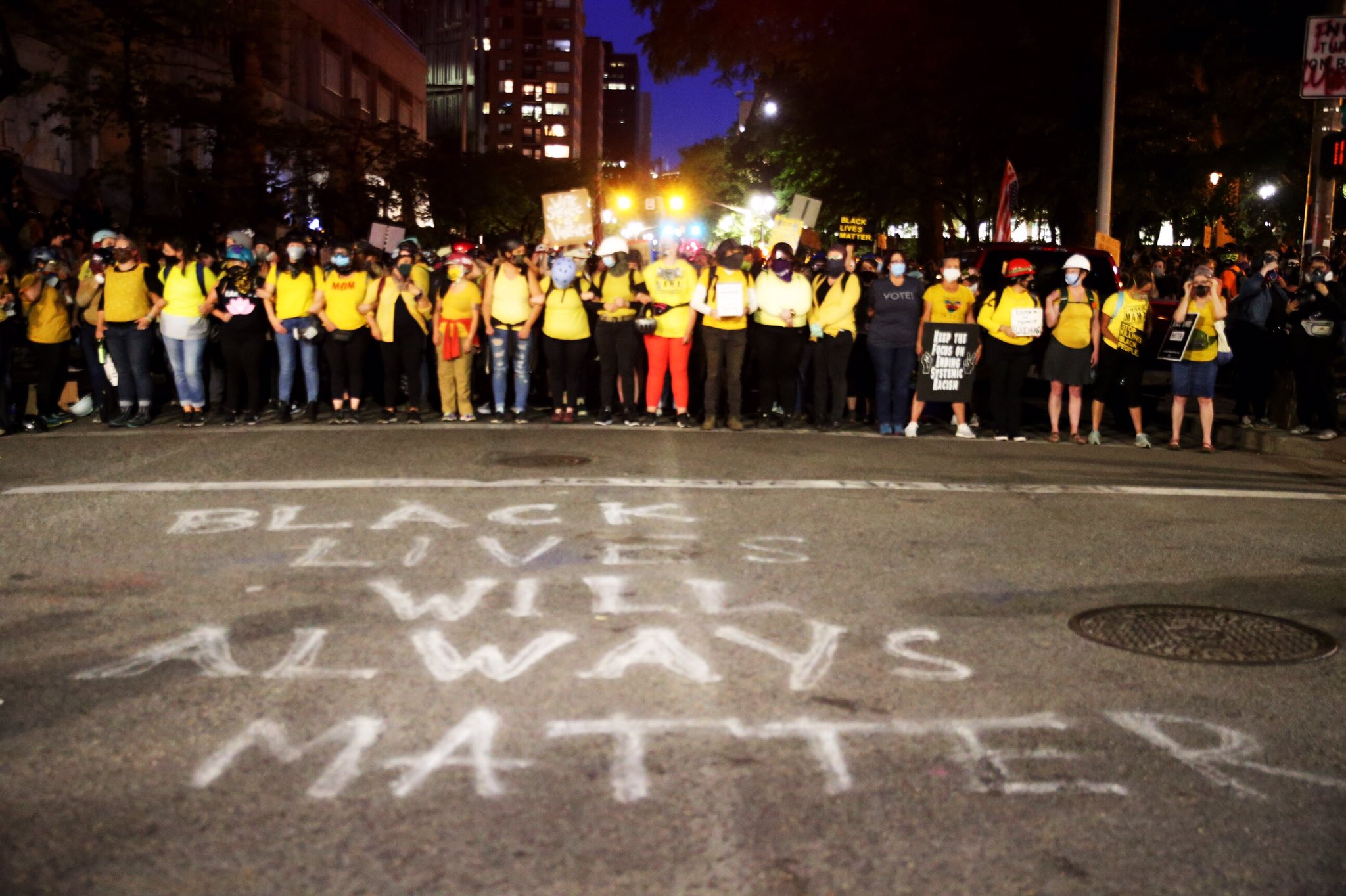
Dave Killen’s work opens up a whole new world
Killen’s collection of photography, which can be found on his Instagram and Twitter, has a multitude of powerful and impactful photos of Portland’s protests.
Among them is this especially powerful image from the second night of protests on May 29:

From showcasing the actions of local and federal law enforcement to the resilience of the human spirit in protesters, Killen’s protest photography covers a wide range of themes.
Some may have heard of his name due to a recent photo dubbed the “Naked Athena.” It’s received plenty of attention from social media and news outlets.
While that photo is powerful, it only represents a single moment of the city’s long-lasting protests. Opposed to the movement as a whole.
“It has the potential of someone to see that and kind of only take away that moment from all of this,” said Killen.
“Not just that night that it happened, but the whole last two months. I think that would not be an accurate representation.”
https://twitter.com/killendave/status/1285292603756343296?s=20
What’s immensely impressive is Killen’s ability to take these magical shots, all in the intense and fast-paced environment of the protests.
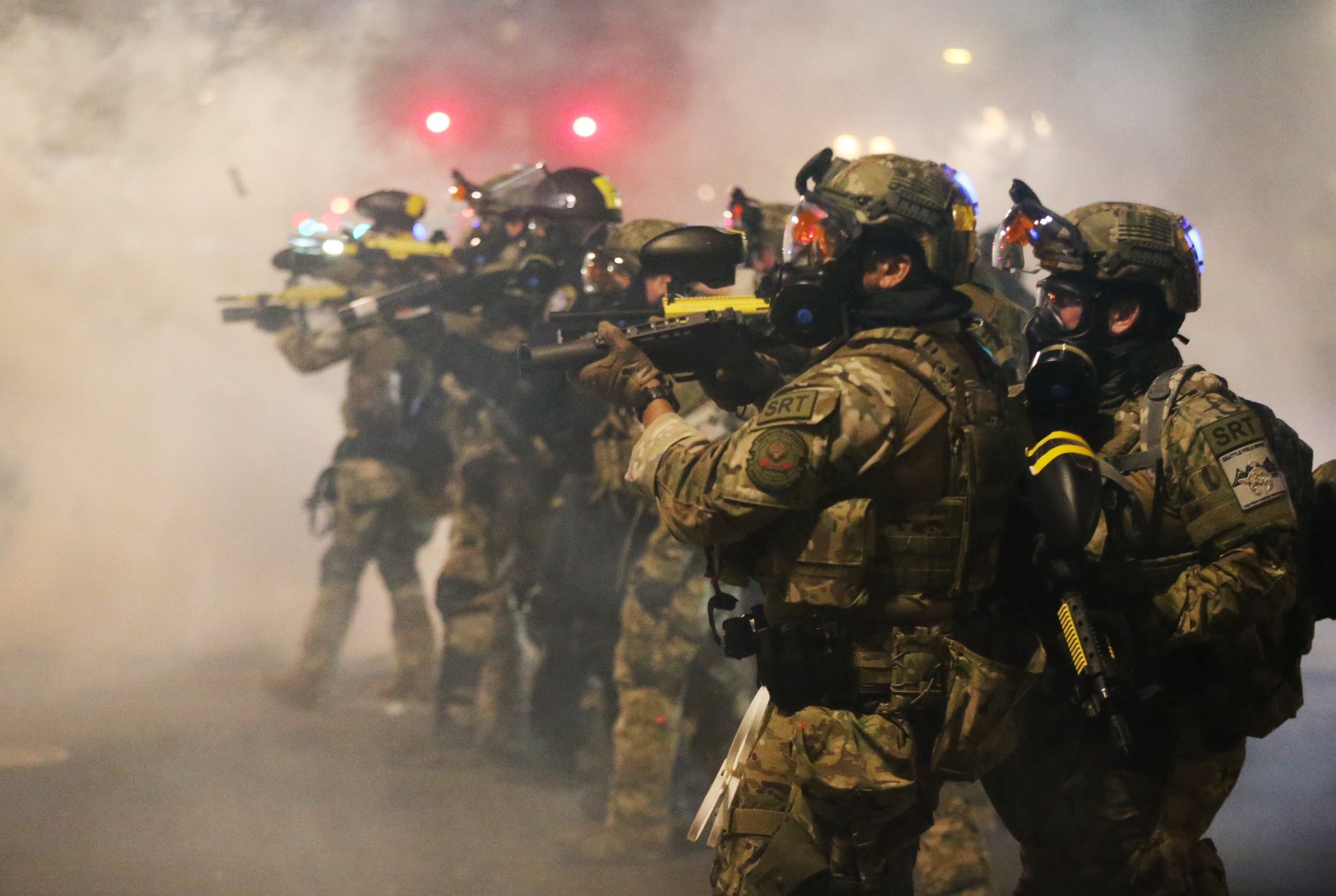
“Everything’s moving so quickly. I don’t have time to overthink it, and that helps me,” Killen said.
“It seems like I’m good at reacting, and I’ve gotten better at it as I’ve developed experience…it’s the area of protest photography, in particular, seems to be something that fits me well.”
Keep calm and capture on
Dealing with protests, in general, can be immensely stressful, especially considering how law enforcement both local and federal have injured some protesters. Furthermore, the US is still in the middle of a COVID-19 pandemic.
“All that is mostly in the back of my mind. I am mostly concerned about the possibility of passing it [coronavirus] on to someone else,” Killen said.
He continued, “In terms of the danger of it [the protests], I do get nervous. I find that I get nervous when I’m heading out and sometimes when I’m leaving. Music is very helpful to me.”
Despite the potential danger of the protests, Killen said:
“I like to just think of it in terms of statistics. The chances of anything actually seriously bad happening to me, are probably less than, the risk of driving my car down there.”
Killen also mentioned how looking at protests through a camera lens can be different than seeing them with one’s own eyes.
“Looking through a lens is a real detachment, which can be a real problem sometimes…You can be fooled by where you actually are in relation to someone.”

Yet even in these protests, that have the potential to be very intense, it is still essential to stay calm and carefully govern oneself.
“I’m lucky in that I have always reacted to intense situations by kind of getting calm,” said Killen.
“I definitely don’t worry a whole lot about the dangers while I’m actively shooting. I think another part of that is with all the gas, I can hang in there for a while.”
“But at some point, it just overcomes you, and you have to retreat and find somewhere to catch your breath. And so that sort of has like a self-governing aspect to it.”

The influx of federal influence
Since the introduction of federal agents into Portland, Dave Killen says, “it’s been a really dramatic change.”
Prior to their presence, he mentions how, “we would go down there, and there were nights where it would flare up at night, but overall it was starting to get a lot more mellow.
View this post on InstagramFinally catching up on photo editing. These are from June 1st / early morning of the 2nd
Killen continued, “there were a couple of nights where I went out there, and it was just a couple dozen people just kind of standing around or dancing in front of the Justice Center. Just very minimal activity, really.”
“And then the federal thing started and it’s just exploded.”
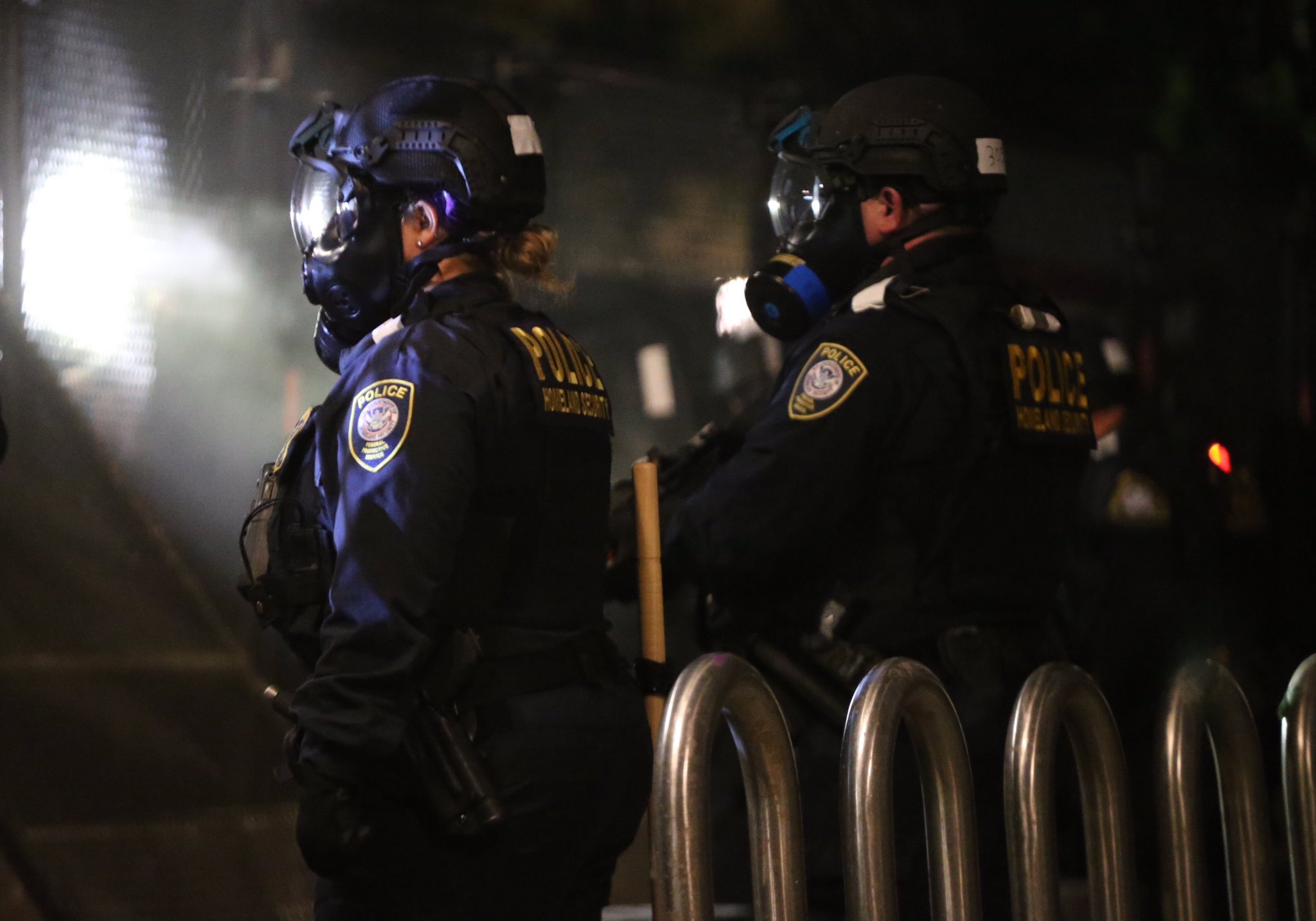
While the actions of the Portland police and federal law enforcement may have been similar, one main aspect that sets them apart is the unpredictability of federal agents.
“The tear-gassing and stuff that’s not new. The Portland Police are doing that to a degree and have in the past…with the Portland Police, it was always fairly predictable. They make a lot of announcements,” said Killen.
According to the photographer, the actions of federal law enforcement appear to be a stark contrast to that of local police.
“What I’ve seen with the federal agents is a much less predictable, and much more indiscriminate response.”
He recounted an instance where he found himself across the street from some federal agents. They had just exited the Edith Green-Wendell Wyatt Federal Building, around “two blocks south of the federal building,” Killen described.
“They basically just started firing into the crowd with I think mostly those pepper balls,” said Killen.

“It didn’t matter. It’s pretty clear I’m press as are a number of people there. There were a couple of people in the street, but there was no one actually engaging with them. And that’s something I’ve never seen the Portland Police do.”
While the federal government initially sent agents into Portland to guard federal property as well as to try to quell some of the violence, there have been accounts of them doing more than just guarding property or arresting actual rioters and criminals.
Many have accused federal agents of breaching people’s constitutional rights, and not all local leaders requested their presence either.
“There’s a lot of other differences to the kind of optics of it, people in camouflage. Apparently they don’t have to stay on federal property. They certainly aren’t, but the way they move it’s just different,” said Killen.
“I’ve never been in any sort of military situation, but it certainly, if you look at the pictures, it certainly feels and looks that way.”
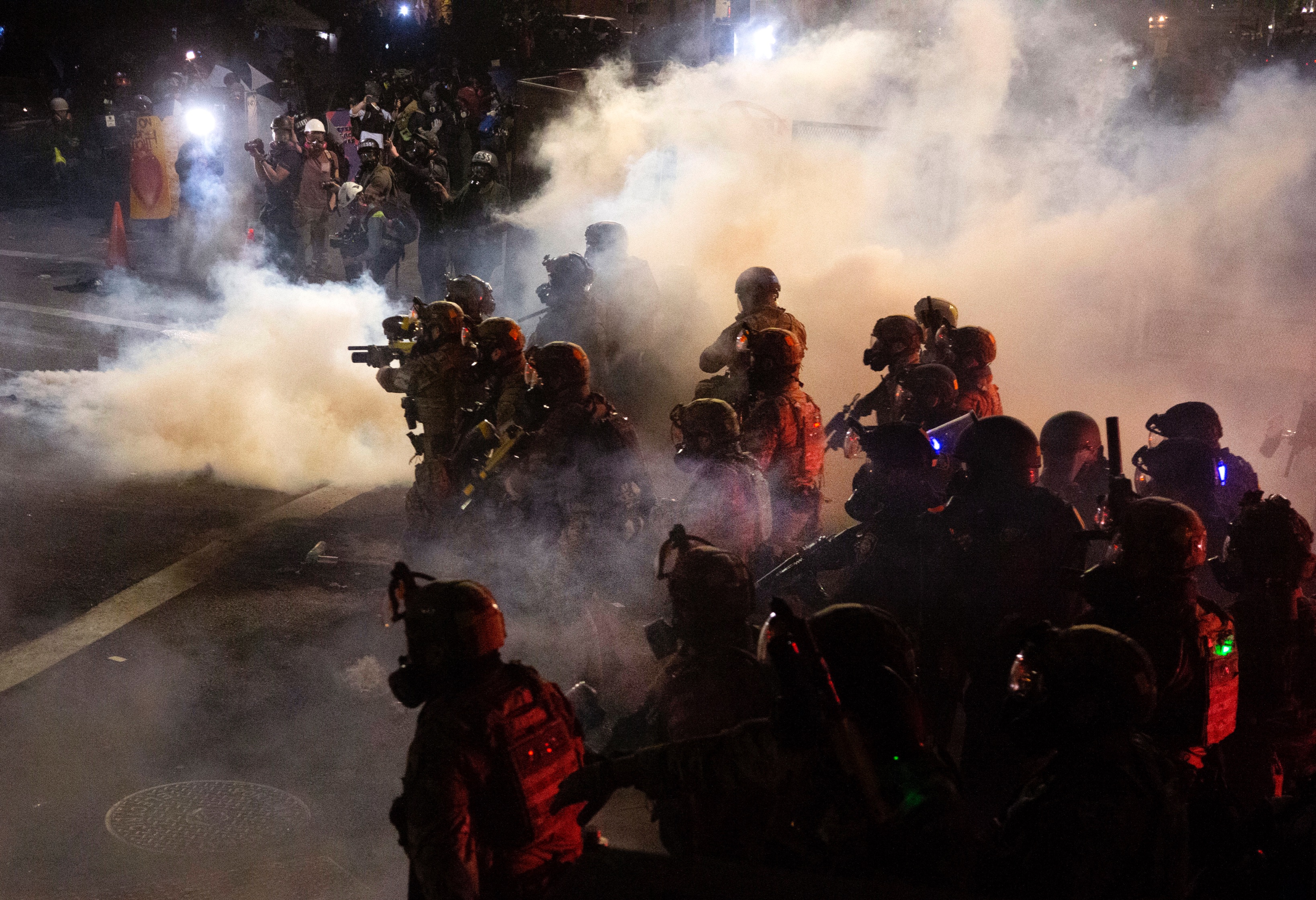
A picture paints a thousand words
Dave Killen’s protest photography provides key insights into Portland’s protests.
His photos not only show the influence and actions of law enforcement in the city, but also portray hopeful and powerful images of resilience in peaceful protesters.
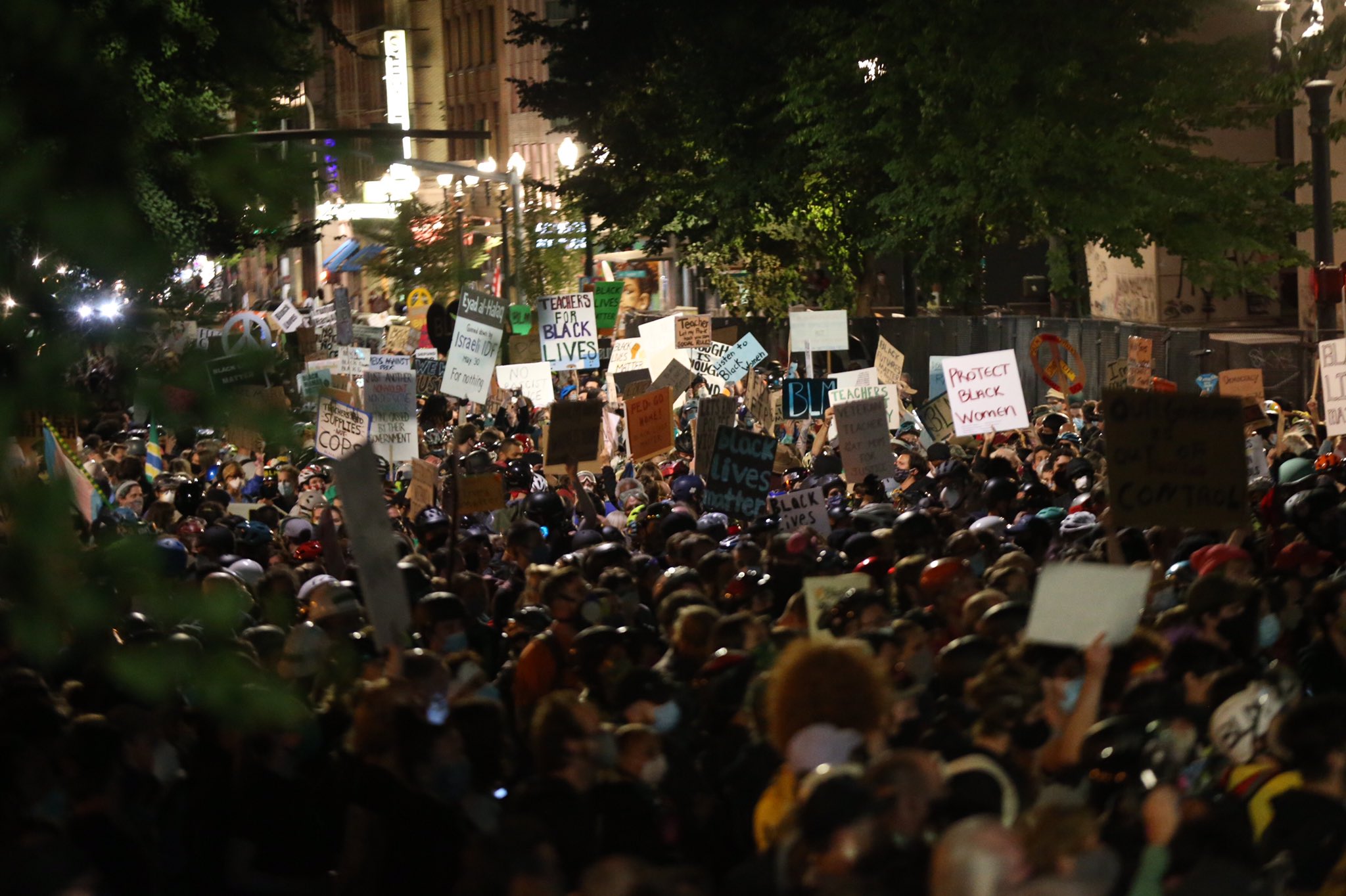
Yet Killen’s photography is more than just powerful photos. They are a gateway to a more extensive local coverage of the protests.
With this issue becoming a national story, more news outlets are beginning to move in and cover this story. What they don’t always seem to cover, however, is the whole context of these protests.
“National media are coming into Portland and just like ‘oh my God, the city is under siege,’ and this is all happening in a three-block area in downtown Portland where almost nobody lives,” said Killen.
“It would be incredibly easy as like a day-to-day Portlander to really have no idea that this was all going on…That’s one reason it’s important because people should know what’s going on.”
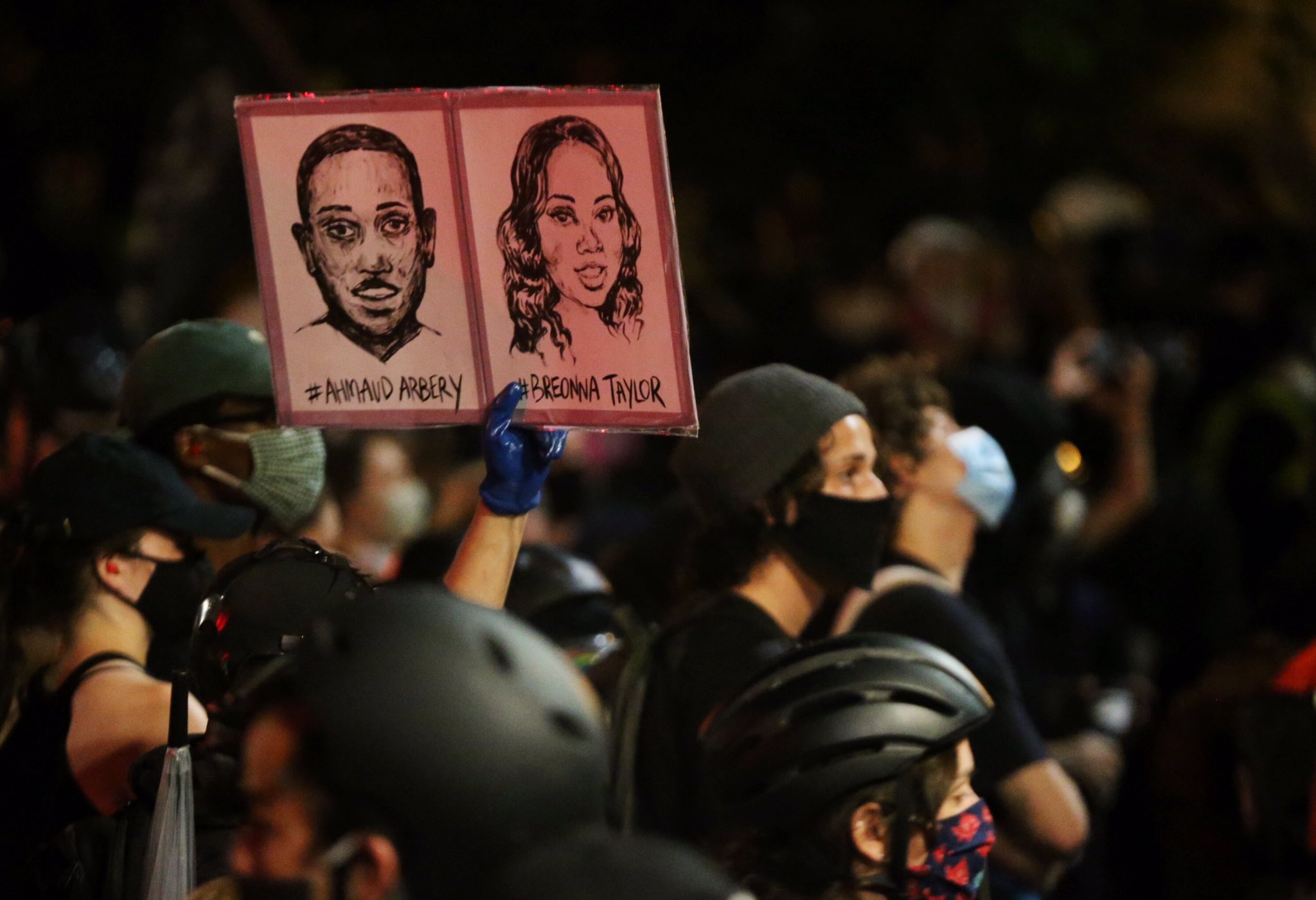
News, and pictures especially, can tell a grand story. What’s important however is that people are taking into account the whole narrative.
With many things in today’s society being so politically polarized, it’s essential, now more than ever, to seek out the entirety of a story. Even if that means bringing to the surface, a “side” people may not agree with.
“Pictures tell a lot, but it needs to be a totality… You get there early enough to see the part of the protest that isn’t violence. It’s important to cover that too.”
Even if the protests in Portland aren’t necessarily a sort of siege, like parts of the media make it out to be, that still doesn’t make them any less serious.
If anything, they are arguably a sign of what could come to other cities.
“It’s probably instructive to watch what is going on here, and maybe that will be something that helps other cities make decisions…and maybe it’s instructive on the federal side too. I’m sure they’re watching what’s happening here, and then that’s informing their decisions. So it seems like we’re kind of a litmus test here.”


